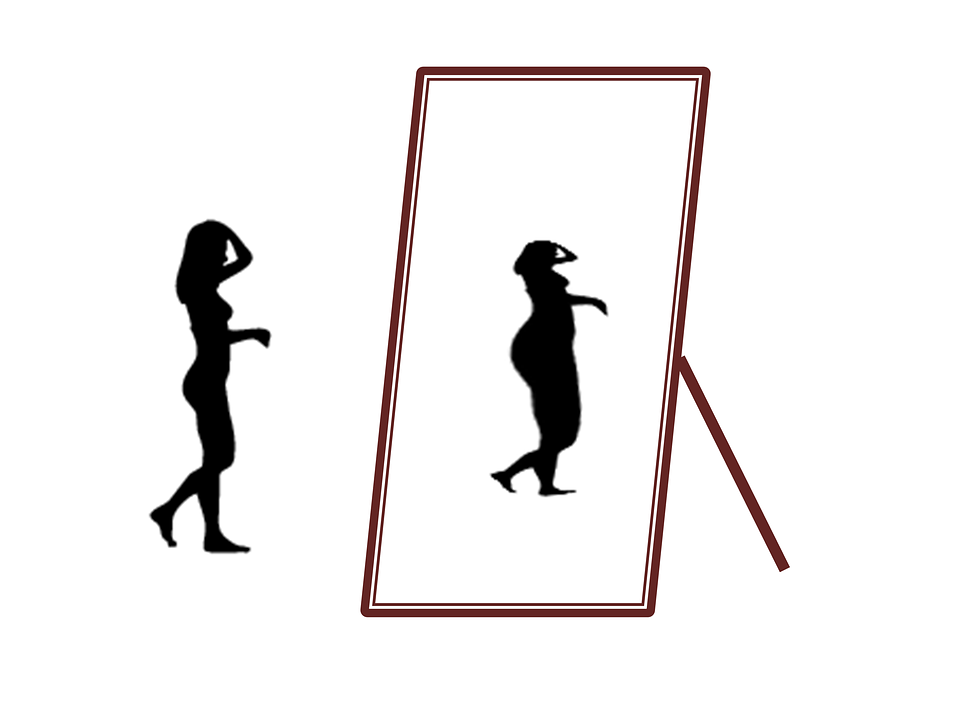What people don’t understand, is that eating disorders are mental disorders, not lifestyle choices or phases.
Though an epidemic in the US, it is fast growing among the youth in Kenya and slowly becoming a problem.
Eating disorders are life-threatening and affect especially the teenagers physically, psychologically and socially. They come from within and can be caused by peer pressure and lack of self-acceptance, but some have arisen from lack of certain nutrients in the body and people do not realize that it could become an addiction.
Below are 5 of the most common types of eating disorders you need to know about;
Anorexia Nervosa

Most common eating disorder, Anorexia develops in an individual during adolescence and affects more women than men.
The individual generally views themselves as overweight, regardless of the fact. They may be underweight but they still see themselves as overweight. It’s all in the mind and it’s sad because they’re never satisfied with their bodies.
Anorexia is in two subtypes; the restricting type where the individual struggles to lose weight through excessive exercising, fasting and dieting.
The binge-eating type eat large amounts of food or very little amounts and then purge using activities such as vomiting, taking laxatives or strenuous exercising.
This disorder can lead to thinning of the bones, infertility, brittle hair and nails and the growth of a layer of fine hair all over their body.
Bulimia Nervosa

Has similarities with Anorexia since it tends to develop at an early age as well, and appears to be common with women.
Bulimia manifests itself through eating unusually large amounts of food in a short period until one becomes extremely full. They then purge to compensate for the calories consumed by vomiting, fasting, laxatives and excessive exercising.
The difference with symptoms of anorexia is that the individuals maintain their weight rather than becoming underweight.
Bulimia can cause terrible side effects such as swollen salivary glands, sore throat, tooth decay, irritation of the gut, severe dehydration and hormonal disturbances. In severe cases, bulimia can cause a stroke or heart attack.
Binge eating disorder

This one affects mostly young ones too. This one is different from the above two by the fact that there’s no purge for the binge.
This disorder makes an individual over-eat to a point where they cannot eat anymore, then feelings of disgust and guilt fill their minds.
This disorder is characterized by obesity and excess weight which leads to heart disease and stroke and type 2 diabetes.
Rumination disorder
This condition is one in which a person regurgitates food they have previously chewed and swallowed, then re-chews it and either re-swallows it or spits it out.
This disorder can develop as young as infancy, can go up to adulthood. Individuals with this disorder require therapy to curb it.
Rumination disorder can cause weight loss and severe malnutrition. People with this disorder may restrict the amount of food they eat, especially in public. This may cause a lot of weight loss.
Pica disorder

Individuals with this disorder crave non-food substances such as soil, rocks, paper, cloth, wool, detergent, hair, cornstarch, chalk, ice and such.
Pica can occur at any stage in life, childhood or adulthood. Individuals with the disorder can easily be poisoned, get infections, gut injuries and nutrition deficiencies. Pica can be quite fatal depending on what one takes.
Pica should not be confused with eating non-food substances that are acceptable in ones culture or religion.


